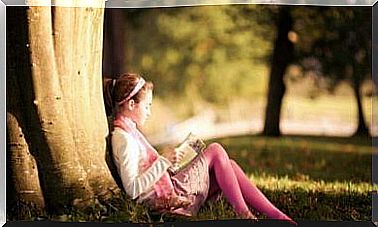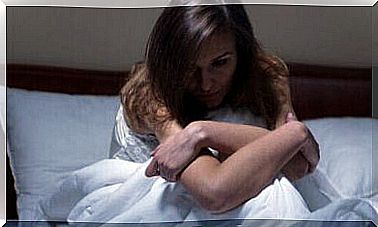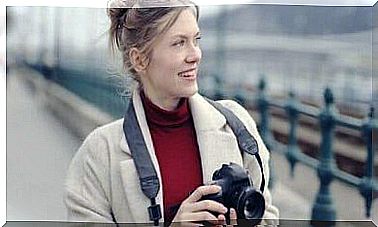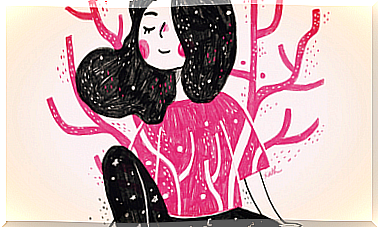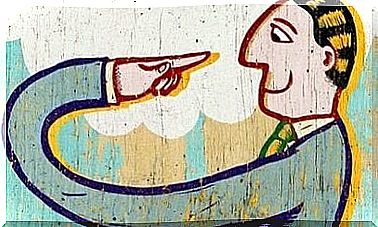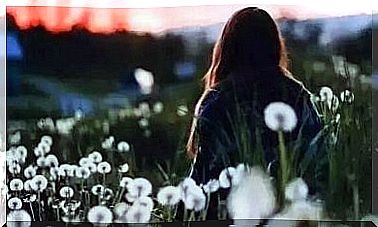Big Eyes, Women And The Artistic World
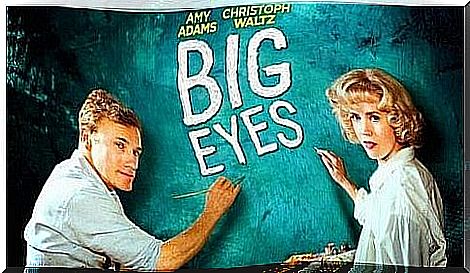
Big Eyes (2014) is probably the least “Burton-like” Tim Burton movie. It’s actually hard to find his unique style in the film. In fact, it’s not something Burton usually produces because it’s based on real events. We’re talking about a movie that completely lacks Burton’s signature style.
Margaret Keane’s story seems to fit well with Tim Burton, as he is a great admirer of the painter’s work. The problem is that as the film moves on, we no longer see Burton. We’re starting to see something else. At this point, it is worth asking if this is a problem. It was a problem for many Burton fans who waited impatiently for a film with his signature style and distinctive aesthetics. The film was also problematic for those who expected to find a new Ed Wood.
However, we can take certain parts of this film. Let’s stop thinking about Burton and focus on the film itself. For those who are not loyal Burton fans, this article can be a great discovery.
Big Eyes is not a movie that stands out, but it is not a bad movie either. Big Eyes approaches Margaret Keane’s world, her art and women’s struggle to gain dignity in the artistic world. Big Eyes is not Eduardo Manostijeras, it is part of our contemporary art history.
Big Eyes and female submission
We do not see many women who have excelled in the artistic world throughout history. It does not matter if we are talking about literature, philosophy, cinema, painting or sculpture. There are few female names that come to mind.
Women have been referred to the background. The patriarchal society has hidden women and few have had an easy way into a world of men. It is not that women write less, are less suitable for painting or are not good at philosophy, it is that they have lived in the shadows.
Many women have been forced to use masculine pseudonyms to publish a work. For example, the famous author who wrote the Harry Potter series used the initials JK Rowling instead of his name, Joanne. She did this to hide the fact that she is a woman and to allow herself ambiguity.
The story that Burton presents in the Big Eyes is the real story of Margaret Keane, an American painter who had to fight for ownership of her work. Margaret signed her distinctive photos as Keane, the last name of her husband Walter. Therefore, the audience thought he created these paintings.
Walter Keane was responsible for selling the paintings. He handled his wife’s business and became the self-proclaimed artist behind these works. In this film, we see Walter, played by Christoph Waltz, as a manipulator. He is a kind of seducer with a very dark side.
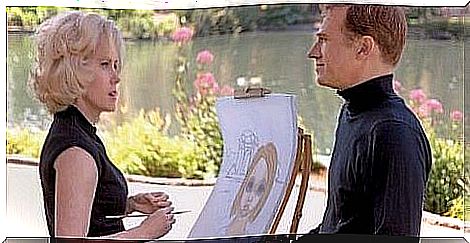
Big Eyes and Manipulation
Margaret, played by the unique Amy Adams, has already been married once. As a result of that marriage, she had a daughter, Jane. In the 50’s and 60’s it was quite important for women to have a husband and a stable family. Society would have looked down on her to be divorced.
Finding a husband while having a daughter was not an easy task. That’s why Margaret is tricked by the “charming” Walter Keane. Margaret is a woman of her time, innocent and submissive with great artistic talent.
At first, Margaret succumbs to Walter’s charm. She is happy to see that her work is wanted and is financially lucrative. But little by little she becomes disillusioned. She begins to see Walter for the manipulator he really is. Eventually, this leads to a rocky terrain, which includes the news media and the court.
Big Eyes, the awakening of women
Margaret wakes up from her adventure and begins her fight against Walter. This takes her into a period of constant tension to restore ownership of her paintings. After many years of struggle, she manages to win the trial and shows that she is the true artist behind the “big eyes”.
The world lived in the shadows for many years. All of Keane’s buyers could not believe that it was his wife who painted the paintings. Margaret’s inability to take ownership of her own paintings led her to be stuck in a cage she had created herself.
Finally, exhausted by this situation, she separates from Walter and manages to take ownership of her own work. She had no idea how difficult this process would be when she first married Walter, nor did she realize that her self-esteem was waning.
During this time, the women’s revolution grew. It was just the tip of the iceberg of everything that was to come later. For a time taking this mentality was subject to the patriarch, Margaret was not able to limit her manipulative husband. Therefore, the struggle lasted for many years.
Margaret Keane’s struggle is a struggle that all women who try to enter the art world experience. For her it was an awakening, a rebirth. Burton presents a film that brings us closer to a near reality. Margaret’s struggle was also a struggle against a macho culture that the rest of society also began to fight against.
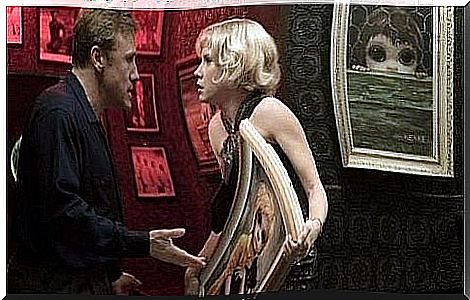
Margaret Keane’s pictures
Margaret’s paintings were marked by the expressive, large eyes she painted. The paintings became increasingly sad, just like Margaret herself.
The paintings seemed to show children coming out of a war. They were eyes that reflect the depth of the soul, human emotions. They are overwhelming paintings, but they are not the type that had been exhibited in a museum. Many thought the paintings were on the verge of being kitschy.
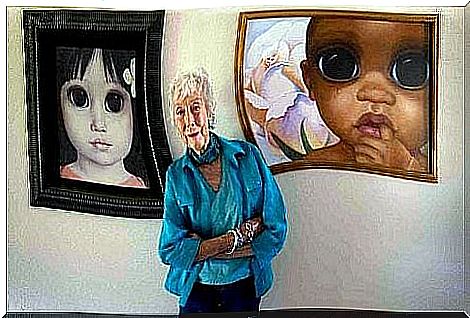
Margaret Keane has famous and strange followers such as Burton, Alaska, Joan Crawford (she had a portrait of herself painted by Margaret) and Marilyn Manson.
The truth is that many people gather at Keane’s work. But she has always been considered an outsider, a painter for kitsch to achieve rank in fine art culture.
Susan Sontag talked about this in “Notes on ‘Camp'”. The truth is that she was not wrong when she said that “the banal, with the passage of time, can be wonderful.” This is what Burton wanted to convey in this film. To portray an artist who suffered, fought for his work and deserved recognition.


